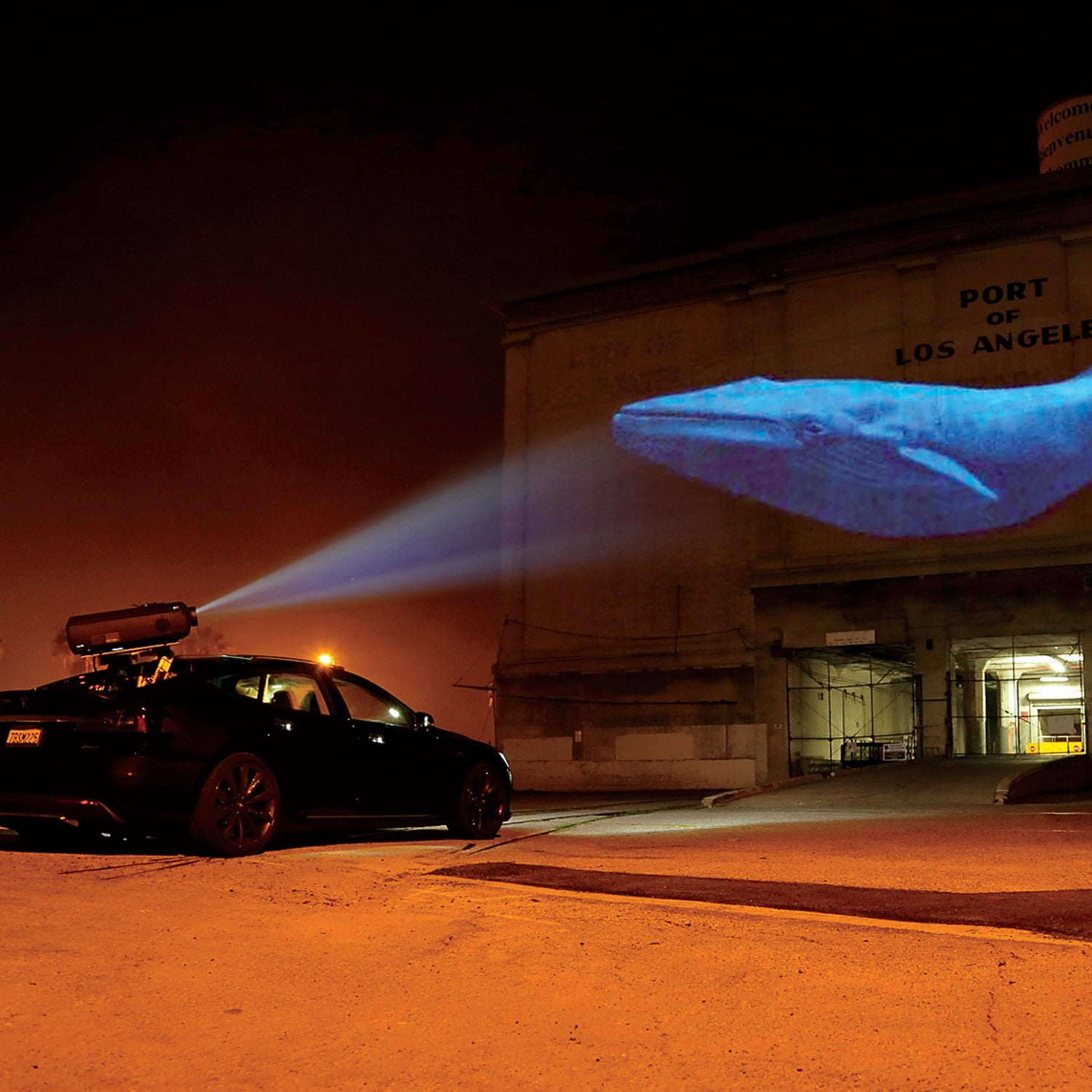In 2009, director Louie Psihoyos created a new kind of documentary: the covert-ops eco-thriller. , a dolphin-slaughter exposé, won every award around, including the Oscar for best documentary. Now the 57-year-old former National Geographic photographer is back with Racing Extinction, a look at the way that humans are fueling the mass extinction of species, starting with plankton and moving up the food chain. The film premieres at Sundance in late January.
OUTSIDE: In your last film, there was a single bad guy to blame for the horrifying problem you were investigating. In this case the bad guy is all of us. How do you capture that in a visceral way?
PSIHOYOS: First of all, this is a different movie. People are going to be comparing this movie to the last one. But you never want to chew your spinach twice. I think this film is a bigger call to action than The Cove. You know, The Cove is a film that’s very near to my heart. But very few people actually saw it.
It won the Oscar!
So what? I’ve got a little gold man. For people that managed to see The Cove, it affects them. But very few people see it because it has the stigma of being the dolphin slaughter movie. I don’t care about another shelf full of awards. I want to make a movie that people actually want to see. This movie is much more entertaining than The Cove. I designed the movie to be one that I’d want to see on date night.
Mass extinction is a huge topic. So why focus on something as small as plankton?
You start to realize there’s this other world around you. In this case it’s the world of animals. It turns out what’s really important in the biosphere is not the big things. The world will do fine without humans. In fact it will do much better. What you really need are things like plankton, which generate more than half the air you breathe. Some scientists say we’ve lost about 30 percent since the industrial era.
I’m with you. But there’s a challenge here—how do you create outrage over plankton?
Starting out I don’t think that anyone’s going to care about plankton. That was the trick with dolphins as well. People thought of dolphins as something you saw at SeaWorld. How do you get people to care about a dolphin? You tell that story through your subject. You start to understand these animals as sentient and intelligent. Hopefully we’re doing the same thing with other species.
The last big film that you couldn’t unsee about carbon was An Inconvenient Truth, which has suffered huge backlash. Did you take that into account while making your film?
I’m one of the few people who’ll still admit they liked An Inconvenient Truth. It opened my eyes to a lot of these issues. I mean, the world is absolutely insane. The course that we’re on right now is destructive not just for humanity but for all of nature.
Is the Covert Ops team back?
Yes. We do a lot of undercover work.
What kind?
Busting rings selling endangered species. But I don’t want to go too much into that.
Tech was a big part of the last film—does this one feature any interesting toys?
We’ve adapted a FLIR (forward looking infrared) camera. It’s the same camera that we used in The Cove but we’ve adapted it so you can see greenhouse gases—carbon dioxide and methane. So we travel around the world with two cameras: one that’s seeing what your eye sees and another that sees this invisible world of hidden gases. Right now, with me talking to you, it would look like I’m smoking.
Then we took a perfectly good Tesla, stripped it out, put in a 15,000 lumen projector, and installed a FLIR camera that pops up out of the hood. We can project in real time this world of carbon dioxide. It’s the first car in the world to have an electroluminescent paint job. We can change the color of it with the flick of a button.
Sounds like an environmental Knight Rider.
It’s better. I’ve seen the Bond cars before—Hollywood magic. Well, ours is real, and it’s much more important. There’s the thrill of seeing a small group of people bust bad guys doing horrible things to animals. There’s the thrill of seeing a hidden world that’s destroying the planet. It’s like a Bond film. But it’s real.
This interview has been edited and condensed.


